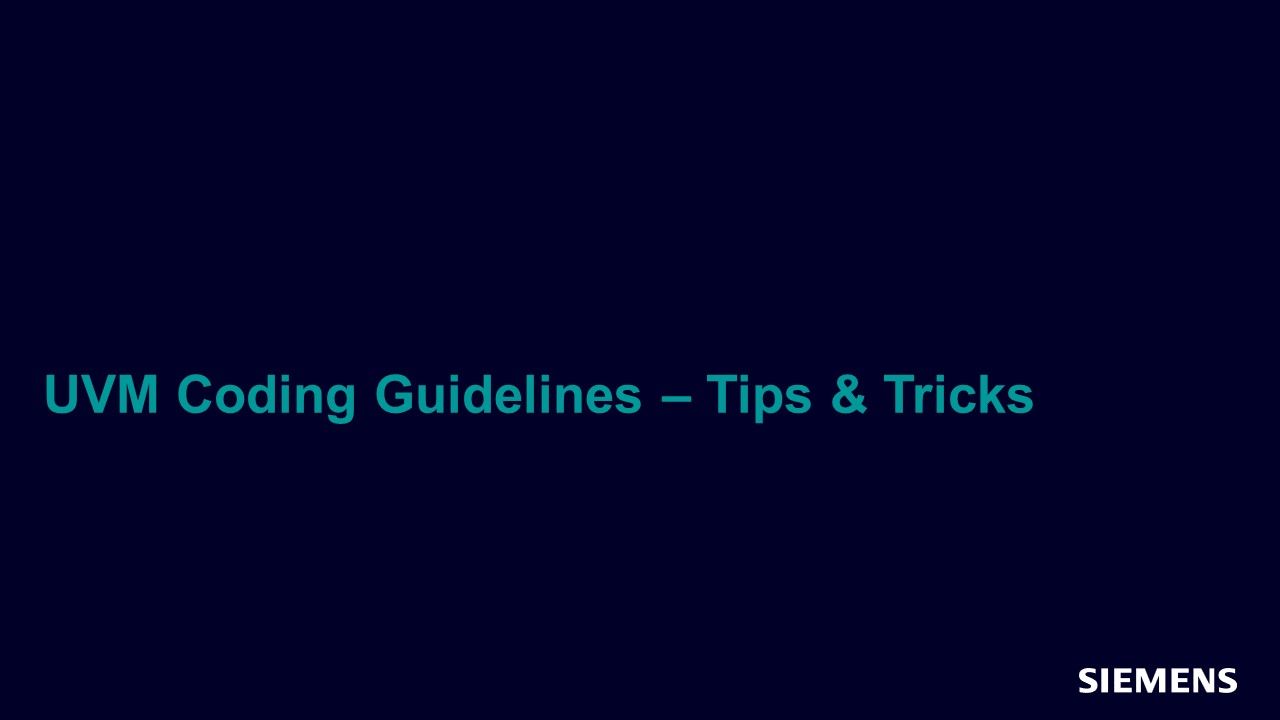UVM Coding Guidelines: Tips & Tricks You Probably Didn’t Know
In this session, you will learn how to create testbench transactions and component classes that are easily debugged and reused. Additional rules are shown for SystemVerilog code to prevent common bugs.

Full-access members only
Register your account to view UVM Coding Guidelines: Tips & Tricks You Probably Didn’t Know
Full-access members gain access to our free tools and training, including our full library of articles, recorded sessions, seminars, papers, learning tracks, in-depth verification cookbooks, and more.